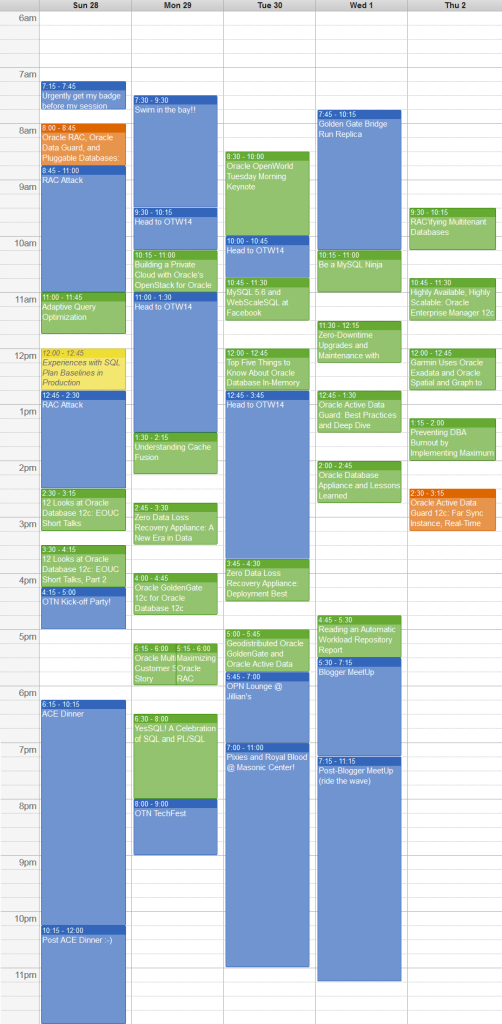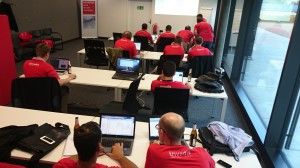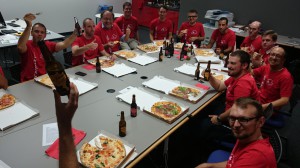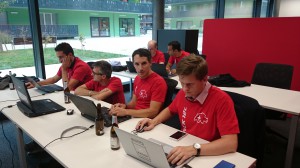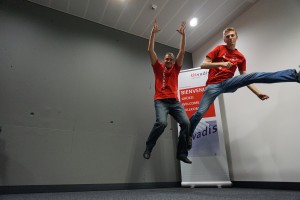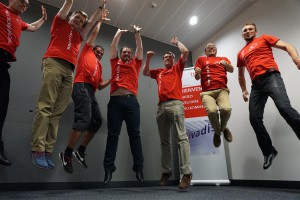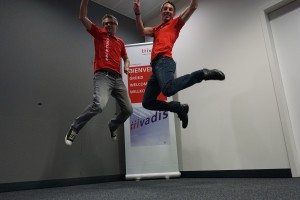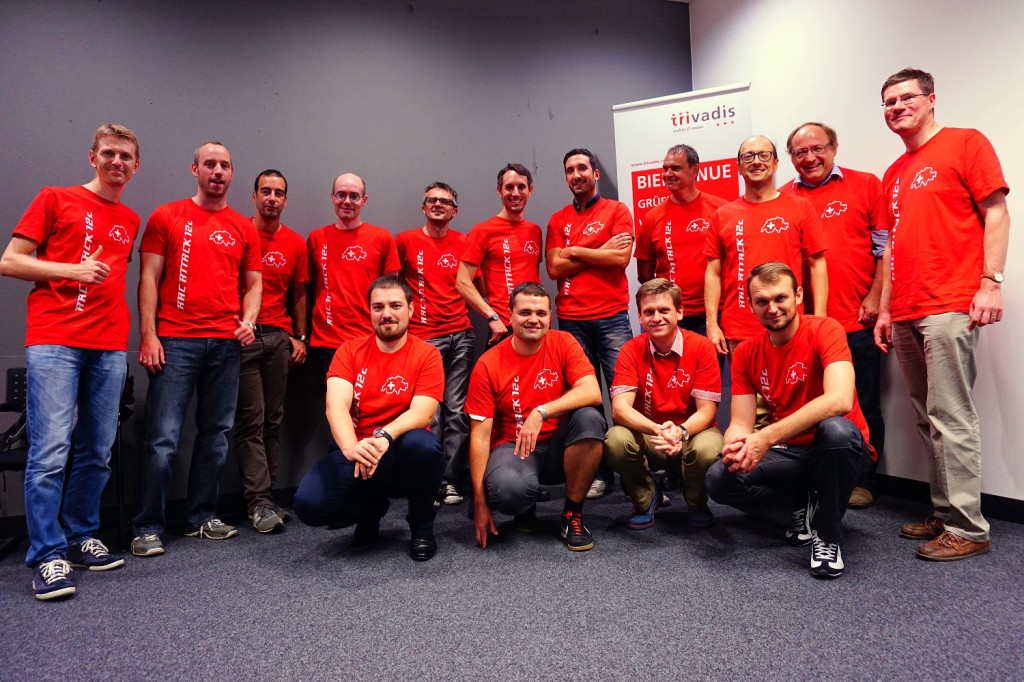One month after the Open World, and still I’ve got no time to blog about it… The first reason is… well… I’ve been working on new stuff (a couple of new websites are coming), then I’ve had to adapt old slides with the great content got at the conference (ZDLRA and other topics). Finally, I was also tired about working off-hours, I needed to spend good time with my family after this summer’s rush (moved to the new house and meanwhile worked on one gazillion different topics).
Open World 2014, a different personal feeling
The Open World has been again THE big conference that no Oracle professional can miss. But this time it has been very different to me comparing to 2013.
It wasn’t my first time as attendee, so it has been less surprising. I’ve attended as a Speaker (that made me feel part of the conference, and not just a spectator). I’ve attended also as an Oracle ACE (I’ll blog about thisin another post, soon or later). I was already friend with many people that I was eager to see again (and I feel the same now, waiting for the next conference).
My sessions
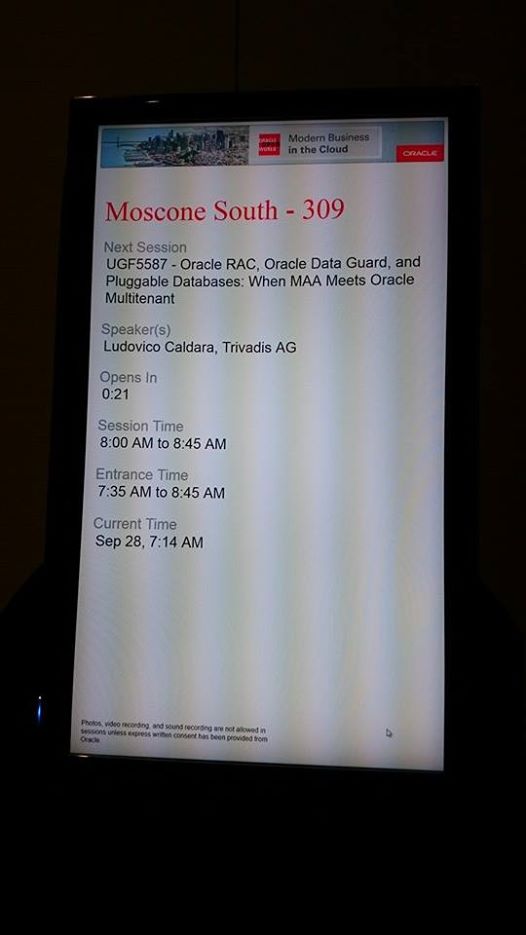
Surprisingly, from the very beginning (at the time of the session acceptance from Oracle) I felt very relaxed about my presentations. One presentation after the other, I’m getting aware of my limits (especially my bad English! ;-)) but I’m also getting experienced. So I went to Open World without stress, even knowing that the first one, on Sunday, was already full booked a couple of weeks before the beginning of the conference.
Oracle has assigned to my sessions the VERY FIRST and the VERY LAST slots of the conference, so I’ve had less attendees than expected (around 170 for both sessions out of 230 and 270 registered people respectively). At least, I’ve had the chance to open and close the conference by saying “Welcome to Open World” and “Thank you, see you next year!” 🙂
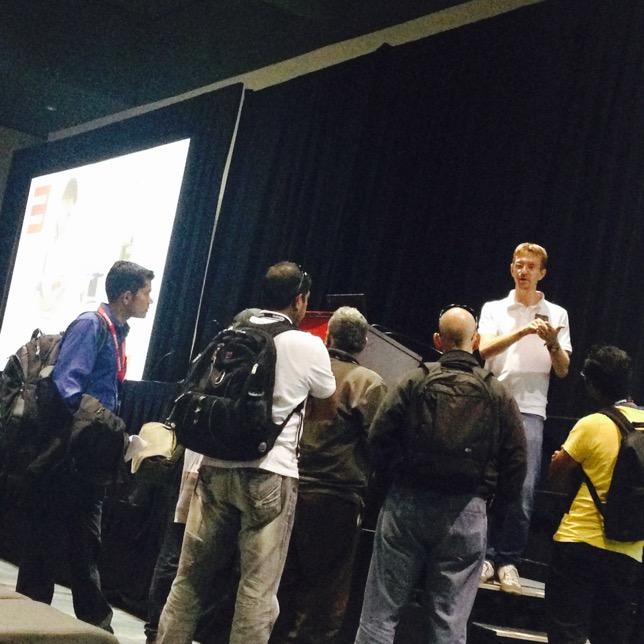
I’ve got very few feedback from the official OOW website, just 3 people for each session (anyway with a good, statistically irrelevant score: 4.33 and 4.67 out of 5), but I’ve been much more excited by the direct feedback of people that joined me for a chat right after the sessions and by the feedback on Twitter. I have to say that the interactions on this social media made my week, again.
RAC Attack
This year we organized (or… Bobby Curtis and Laura Ramsey did) the RAC Attack at the OTN Lounge. It’s always a great meeting point for all the bloggers and Oracle ACEs, but due to the day (Sunday) and the location (the mezzanine of the Moscone South), we’ve got less people than expected. Anyway, it’s always my favorite project and workshop. We’ve got T-shirts, bandannas, famous ninjas and the most famous attendee ever. Who? Try to figure it out yourself:
Networking events
Saturday I’ve missed a great bike ride, and Sunday I had to miss the “Official” Golden Gate Run organized by Jeff Smith because it was overlapping with my session. So the first big event has been the ACE Dinner on Sunday, kindly sponsored by the Oracle ACE Program. A dream come true!
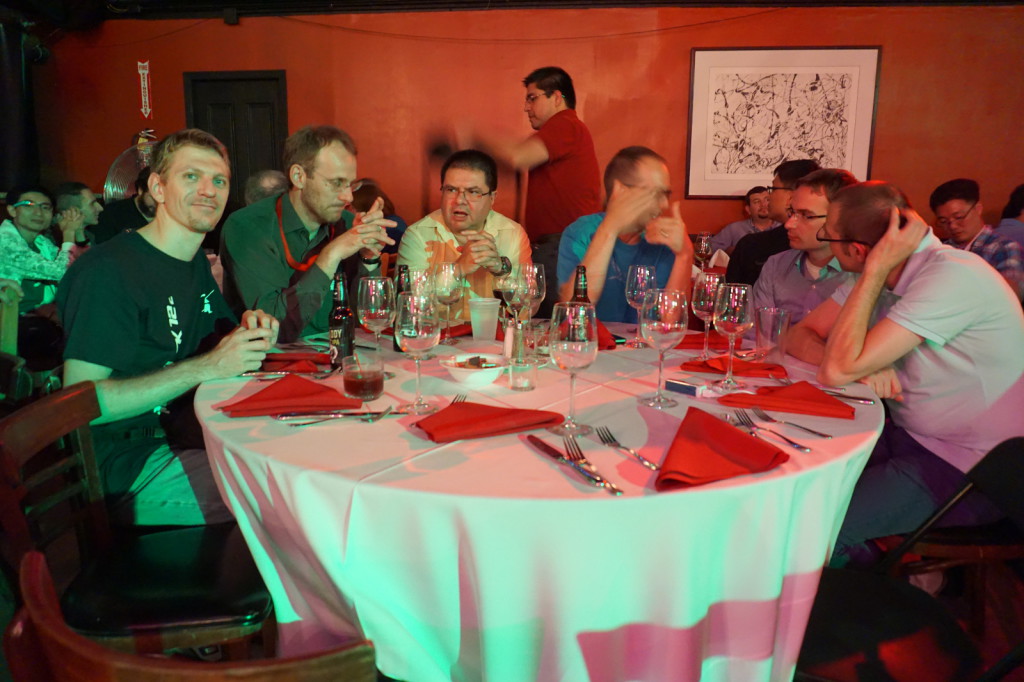
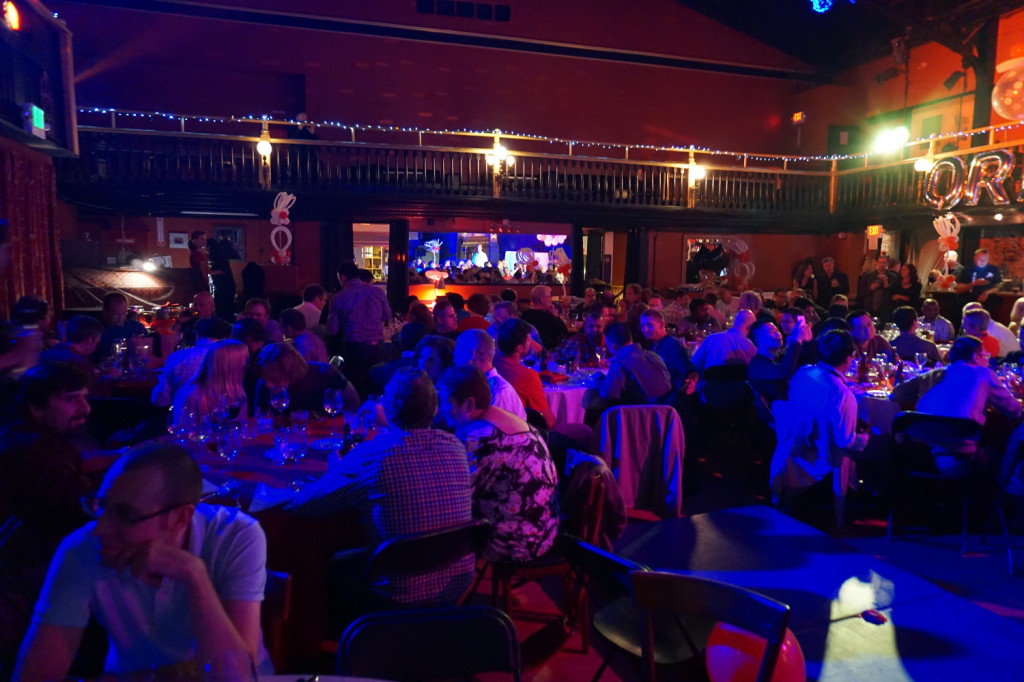
Monday morning, despite a very bad weather, I’ve been part of the great Swim in the Bay organized by Oraclenerd. The air was very cold (15°C) and the water was even colder!
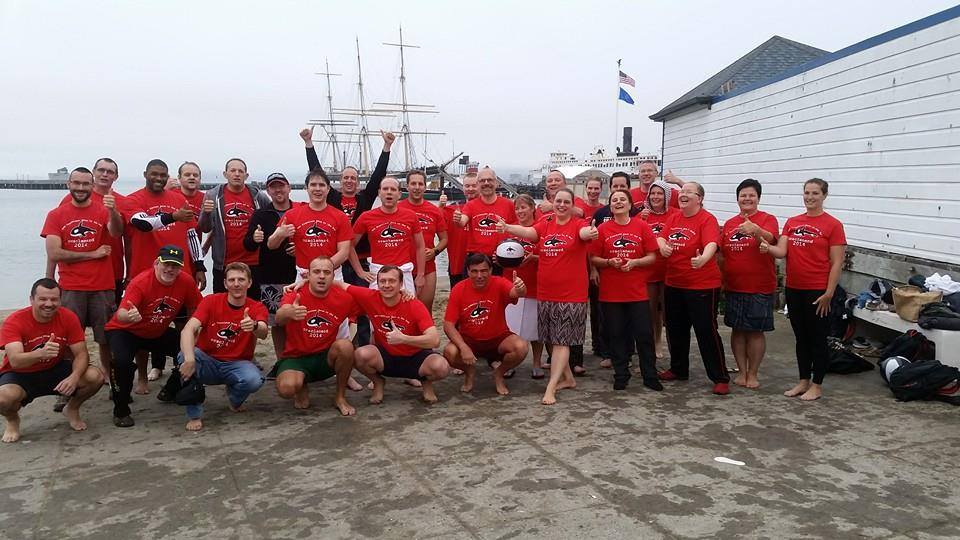
On Monday evening there was the Tech Fest organized at the Oracle Plaza (once Howard St.), I’ve been there with friends and colleagues and then we headed together to the Mikkeller Bar for a beer.

I’ve planned my Tuesday longtime ago, when I’ve realized that there was a concert of the Royal Blood and the Pixies at the Masonic Center (Nob Hill) I’ve bought a couple of tickets for my and my ex-colleague and friend Franck Pachot.



Wednesday morning I’ve organized the replica of the Golden Gate Run. Franck and Sten Vesterli joined me. Doing it early in the morning is beautiful!
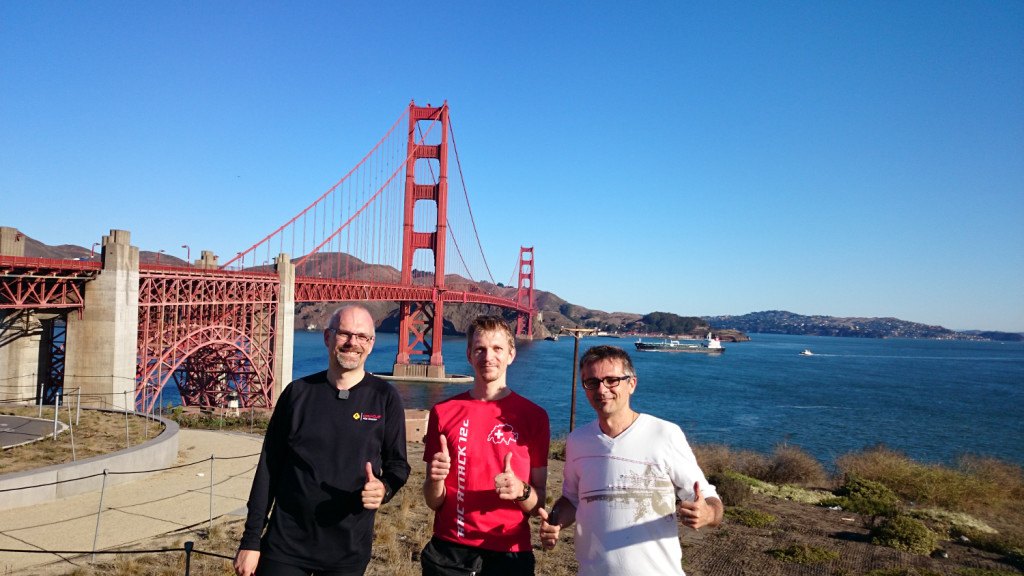 Wednesday evening was the time of the great Blogger Meetup organized by Pythian and the OTN. Nowhere else you can find the same concentration of Oracle bloggers! Sadly this year the gadget was electronic (an app on the smartphone requiring network connectivity, so almost unusable and much less interactive, IMHO). I’ve finally met my good tweep Kevin Closson that wasn’t there in 2013.
Wednesday evening was the time of the great Blogger Meetup organized by Pythian and the OTN. Nowhere else you can find the same concentration of Oracle bloggers! Sadly this year the gadget was electronic (an app on the smartphone requiring network connectivity, so almost unusable and much less interactive, IMHO). I’ve finally met my good tweep Kevin Closson that wasn’t there in 2013.
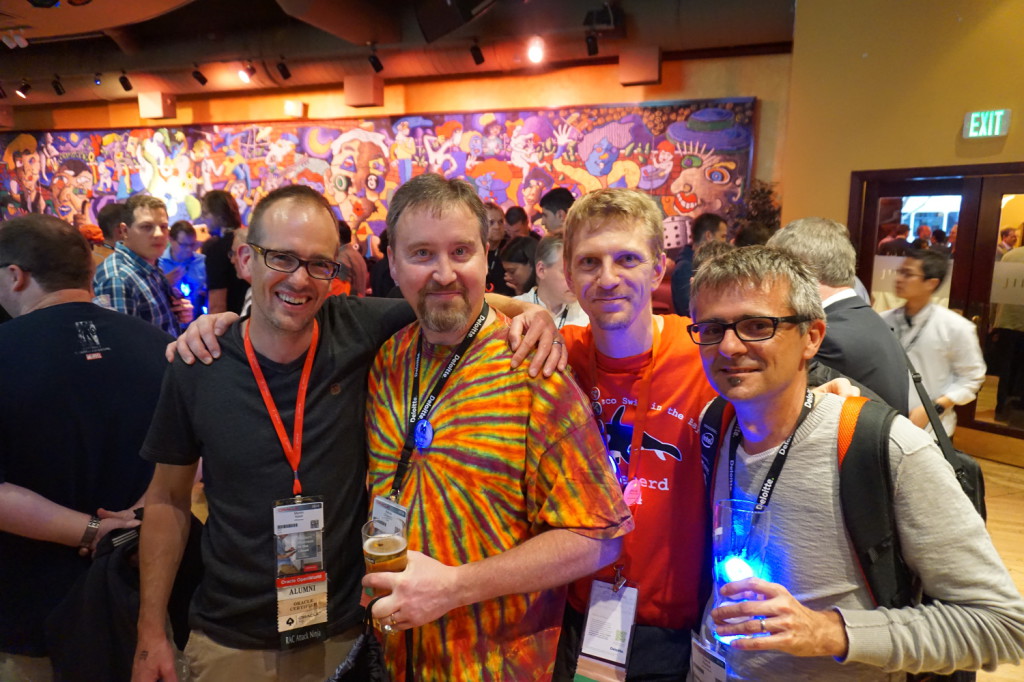 After the meetup, me and a team of very good friends have organized a dinner at the Fisherman’s Wharf, far from the crowd going to the traditional Oracle Appreciation Event. Try to recognize them in the picture below, I couldn’t ask for a better companionship!! 🙂
After the meetup, me and a team of very good friends have organized a dinner at the Fisherman’s Wharf, far from the crowd going to the traditional Oracle Appreciation Event. Try to recognize them in the picture below, I couldn’t ask for a better companionship!! 🙂
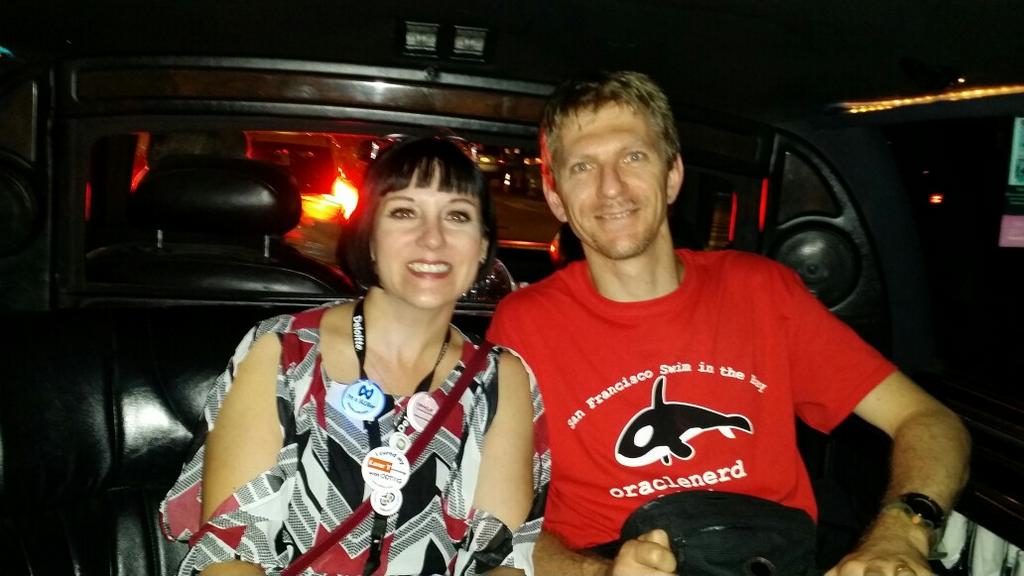

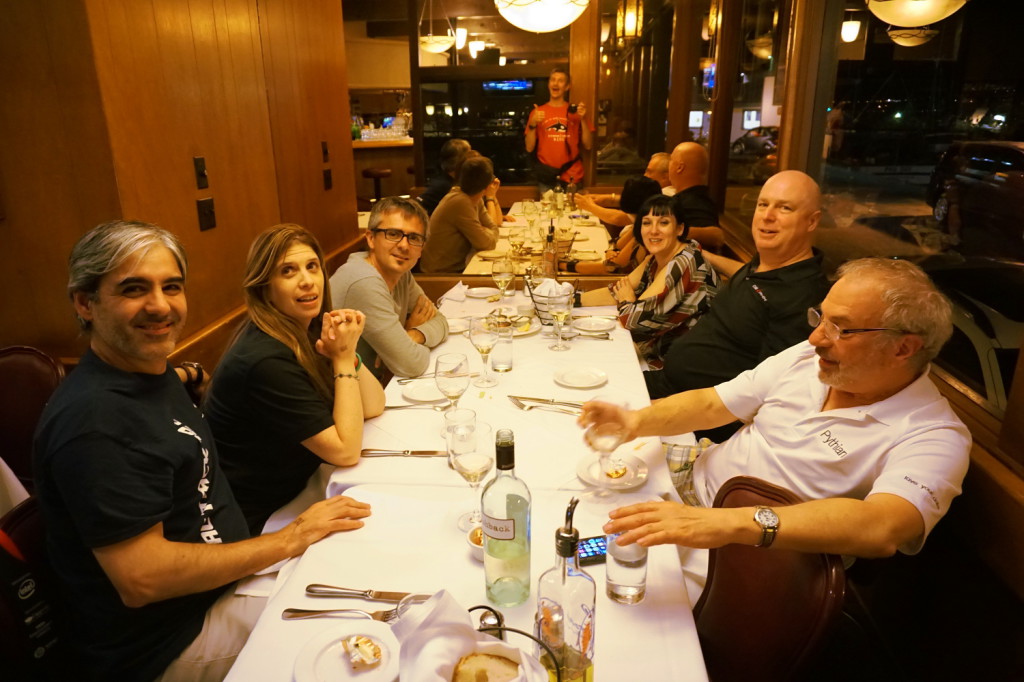 Thursday is always sad, everybody leaves and after the conference the Oracle Plaza gets immediately so empty! The afternoon we’ve organized a meeting of the RAC SIG, and the evening I’ve managed to meet one more time many friends. Thank you guys 🙂
Thursday is always sad, everybody leaves and after the conference the Oracle Plaza gets immediately so empty! The afternoon we’ve organized a meeting of the RAC SIG, and the evening I’ve managed to meet one more time many friends. Thank you guys 🙂
My ride on Friday
I’ve ended my week with a long bike ride. I’ve under estimated the size of San Francisco, after more than four hours, 50km and almost 800m of cumulated ascent, I was completely out of order! But I’ve got the chance to visit for the first time most attractions… The City Hall, the Painted Ladies, the Golden Gate Park, the beach on the ocean side, the Coastal Trail, the Legion of Honor, the Presidio and the Hawk Hill on the other side of the bridge. 


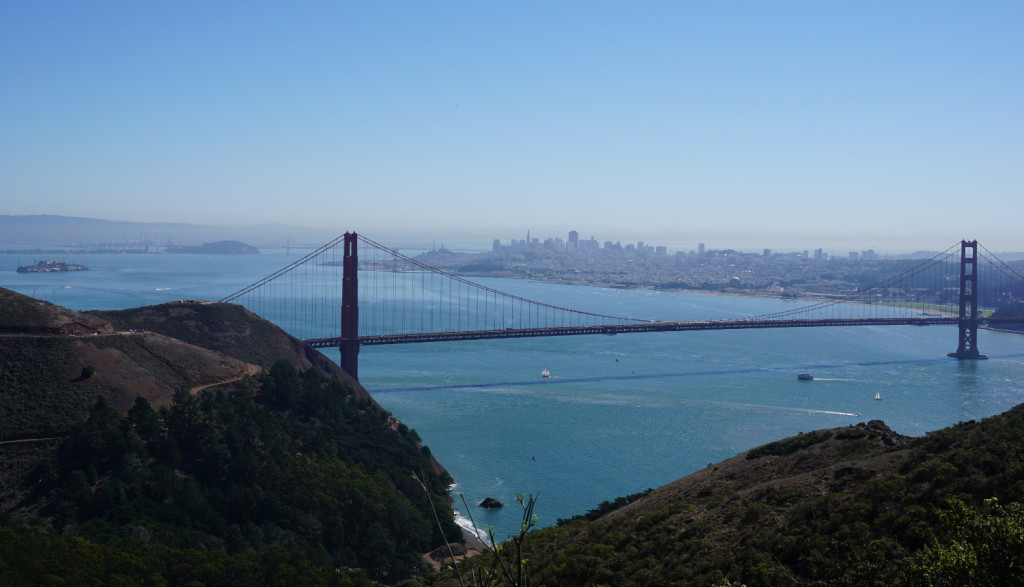
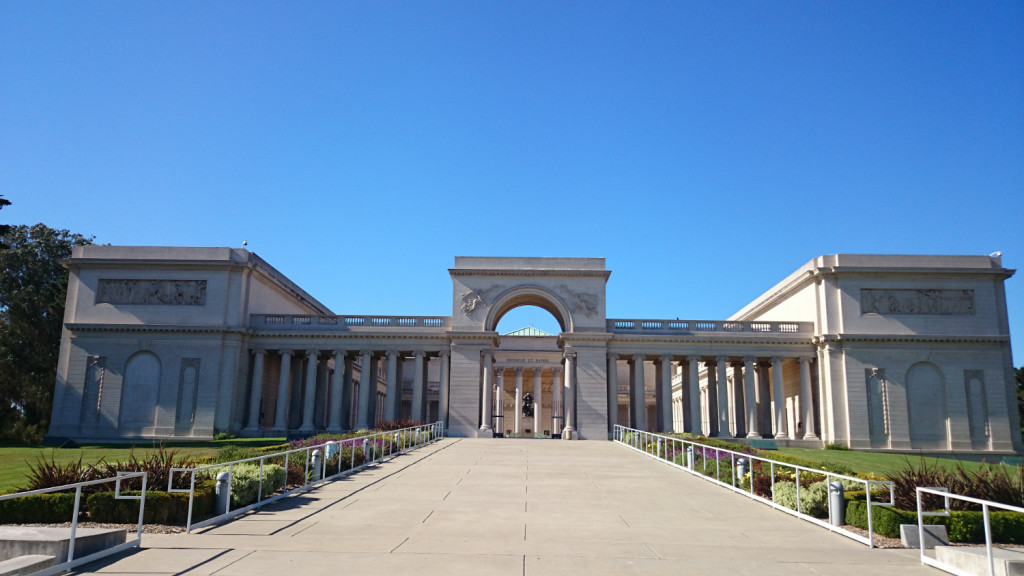
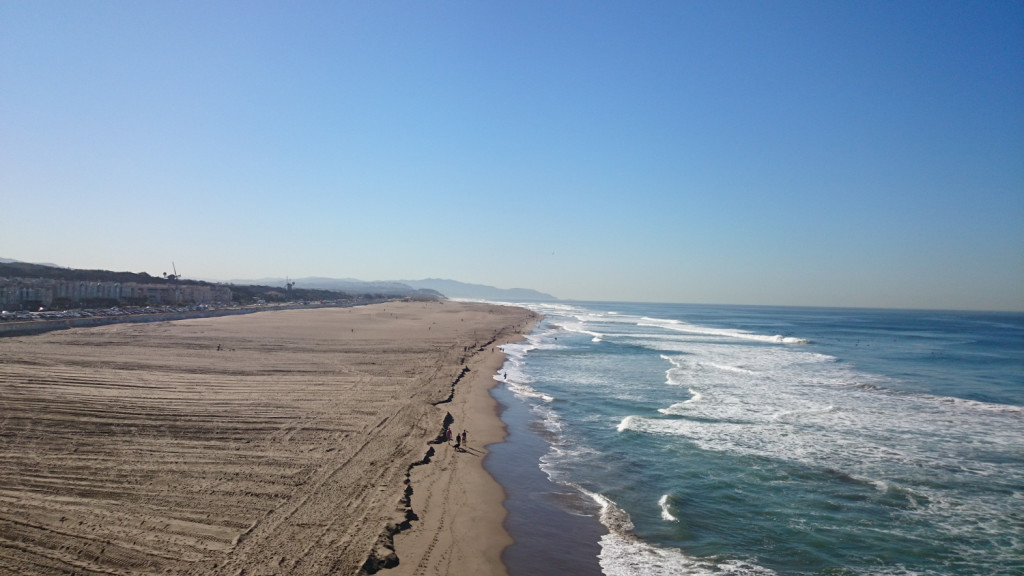
To resume
Listing all the friends I would like to thank for the OOW week is long… Heli, Ovind, Kyle, Martin, Yury, Björn, Franck, Tim, Kellyn, Rene, Leighton, Seth, Laura, Vikki, Jennifer, Mina, Marc, Nelson, Markus, Larry, Edelweiss, Emiliano, Roman, Daniele, Konrad, Chris, Christian, Sten, Hans, Rooq, Andrejs, Paul, Michelle, Kai, Ian, Michael, Alex, Vanessa, Mark, Osama, Bobby, Rick, Gurkan, Laurent, Kevin, Jason, Chet, Carlos, Mauro, Danny, Don, Jan, Vit, Biju, Stacey, Mike, Henning, Jeff, Christophe, Dominique, Hervé… I know I’m forgetting too many, you know who you are, thank you!











 Wednesday evening was the time of the great
Wednesday evening was the time of the great 









